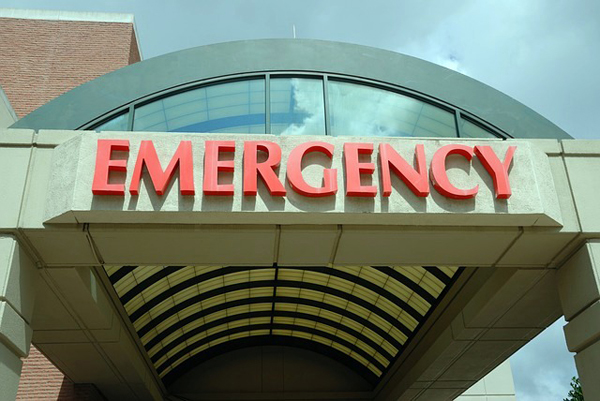- La Feria Community Holds Succesful Business Mixer Event
- Little Nashville to Take Place in Downtown Mercedes
- Lions Basketball Captures District Gold
- La Feria ISD Students Compete in Regional Chess Tournament
- Lions End First Half of 32-4A on a High Note
- La Feria ISD Held Another Successful Parent Conference
- Strong Appearance for Lions at Hidalgo Power Meet
- LFECHS Students Get to Meet Local Actress
- Students Participate in Marine Biology Camp
- Two LFECHS Students Qualify for All-State Band
AARP Warns of ‘Sticker Shock’ at Freestanding ERs
- Updated: January 11, 2019

An AARP survey shows that many Texas families confuse freestanding emergency rooms with urgent care centers, and end up paying much higher bills. Photo: Pixabay
by Mark Richardson
AUSTIN, Texas – Confusion by Texas consumers over freestanding emergency rooms has left many families with unexpected and unnecessary high medical bills.
A new AARP survey of Texas freestanding ERs finds that, unlike urgent care clinics, many of freestanding ER billings are out-of-network for most insurers.
Patients report sticker shock over surprise medical bills that are several times larger than what they expected from urgent care.
Blake Hutson, associate state director at AARP Texas, says at first glance it is often not obvious that a facility is an emergency room.
“The problem with these facilities is they’re located in the same kind of places that we see urgent care – in strip malls and near grocery stores and really convenient locations,” Hutson relates. “So, they look a lot like urgent care, but they certainly aren’t.”
Freestanding ERs are facilities not attached to a hospital or other care facility, which provide services normally available at a traditional hospital-based ER.
Hutson says AARP found that at freestanding ERs, patients who asked about insurance coverage are often told that their treatment would be covered at “in network” prices.
However, when the bill arrives, their insurance company has either rejected the claim as out-of-network, or reimbursed it at a much lower rate, leaving the consumer on the hook for the balance.
“Consumers are telling us they got an extra bill for a thousand, a couple thousand dollars,” Hutson relates. “And of course, that’s not a bill you should get if you go to urgent care. So, it’s reasonable that consumers and expect that. ”
Hutson adds that he also found many freestanding ERs do not comply with state disclosure laws differentiating their facility from urgent care clinics.
“I think a real extreme level of disclosure is needed at these facilities,” Hutson states. “So, when a person walks in, they have a full understanding of how the facility actually works with insurance and what the bills will be and what the charges will be from that facility.”
Health care studies show that freestanding ERs are one of the fastest growing parts of the industry.


